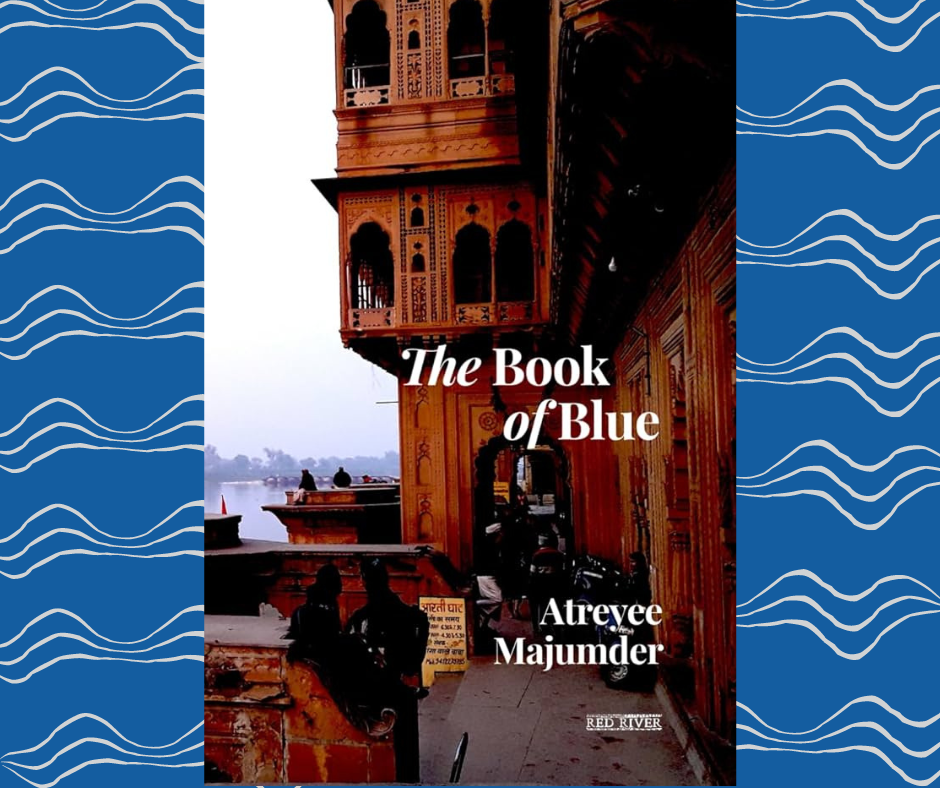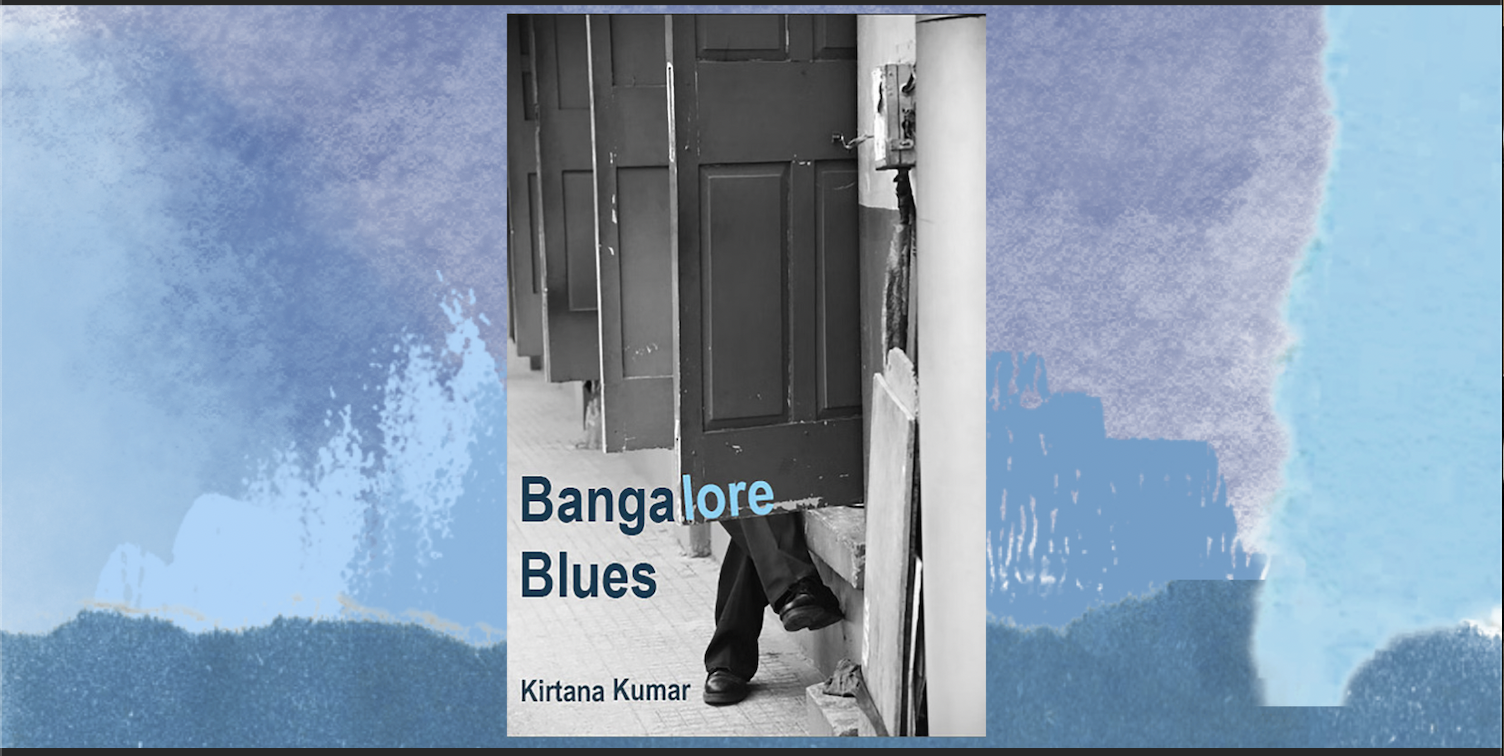Mithun Number Two and Other Mumbai Stories
by Jayant Kaikini
Publisher: Eka (2024)
There are so many stories written about Mumbai; and non-Mumbaikars cannot help but wonder as to what makes this city so dear to its people. That too, despite all the lament about the congestion, traffic, cost of living, humid climate and pollution. We are all too familiar with the cliched phrase about Mumbai being ‘the city of dreams’; which is bandied about in every other reference tagged to the city. But Jayant Kaikini, through his verbal sketches of this overwhelming city, reminds us that it is also the city of lost dreams.
Kaikini, spending over 2 decades in Mumbai, has let himself to be woven into the fabric of the city which has helped give him a microscopic view of the city. He amazingly captures even the paled hues of the city, peopled by a wide range of immigrants and locals, their daily life absurdities, struggles, pathos and humour. Here, he is not a distant observer, but very much one among them that we can actually feel him sitting or strolling next to these characters, observing and feeling their emotions.
These 16 stories were originally written in Kannada, mostly during the 1990s and some of them during the 2000s. The ethos of the city remains pretty much the same, and readers of recent generations will not feel the period as a barrier in appreciating or enjoying the stories. The stories are very much relatable and they also give you an in-depth vision of Mumbai beneath its sheath of glam and glitter.
Mumbai is known for its slums as much as for its Tatas, Ambanis and Bollywood. Kaikini takes you into the dirt and grime of Mumbai; through Dumpy the trapeze artist, the fruit vendor Pyarelal, the child labourers Punda and his little sister Tulsi, the differently abled Varsha, the stunt dupe Chandu and a plethora of other characters. These characters poke you hard with their harsh realities and sometimes with the indifference with which they deal with it.
Children appear oft, at multiple sections, as if to tease you about your insecurities. They hurt you and sometimes you wish you could run away from their gazes protruding from those pages. We see 11-year-old Punda being used as a house-help and his 8-year-old sister employed as a baby sitter. Kaikini draws the situation in stark irony when he shows us that Punda’s sister is only a little older than the child whom he takes care of, at his master’s house. Their rights are taken away mercilessly, yet they are taught to be thankful towards their ‘caring’ masters. Yes, these are facts hard to digest, but very much true. Mumbai has had a lot of child refugees, child labourers, infamous remand homes, orphanages; and as a consequence, high level of child abuse. Trapez artist Dumpy’s deformed child tells you how ‘the show must go on’ in circus, as well as in life. Her state is no different from the starved, old, dying circus tiger.
Nevertheless, it is not only the darkness of Mumbai that is portrayed everywhere. There are the little joys of the working class, their routine commutes, social lives and celebrations. There are also estranged relationships, some of which Mumbai tries to patch. In such stories, the city becomes a mirror to the self and nudges the characters to reflect upon themselves.
Mumbai, being ‘The Destination’ for all those who dream about Bollywood, allures people from far and wide. Some make it, some perish. Some thrive somewhere in between – like Chandu, who aspires to become like Mithun Chakravarthy, but creates his own happy world as a stunt dupe imagining that the super star is after all copying him. For people like Neel, the Master’s son, it is ‘Planet Mumbai’, —a city which makes you too busy to fight against your routine and makes your existence precarious. For some like him, the city is frenzied and featureless which nudges him to look backwards to his journey. Being faceless and nameless among the swarming crowd sometimes terrifies and sometimes enthrals the characters of the stories.
Mundane acts and objects – like Pyarelal’s old transistor, Charu’s sketching, Shyam’s mimicking, Dumpy’s trapeze act, Khaleel’ s piano and Punda’s paan are used beautifully to open windows into the characters’ minds. The narration is very much illustrated, almost picture-like and fluid. It is linear and gives space to ample characterization.
As the translator Tejaswini Niranjana indicates in the afterward, these stories stand out from other Mumbai based short stories because of the fact that these belong to people who have migrated to Mumbai from Karad, Gokarna, Hireguthhi and far-fetched places, in search of new aspirations. The original versions are supposedly rich in different dialects of Kannada and Hindi, with the protagonists moving to Mumbai from many distant places bordering Maharashtra. It is not easy to do justice to an array of such varied stories in varied languages/dialects, but Tejaswini Niranjana has successfully done the tough job while retaining the soul of these beautiful stories. It can be rightly said that Kaikini has captured the soul of the ‘city of dreams’ and presented it before the readers as a beautiful collage.










RELATED ARTICLESMORE FROM AUTHOR
Can’t
Minor Disturbances at Grand Life Apartments
The Girl Who Kept Falling In Love